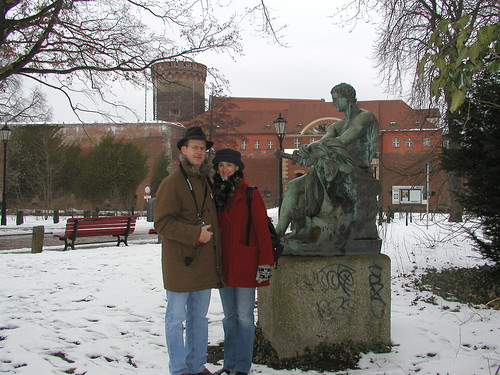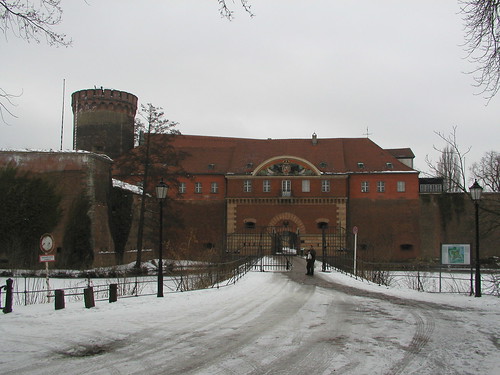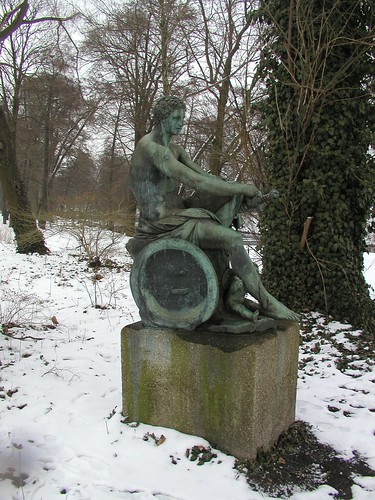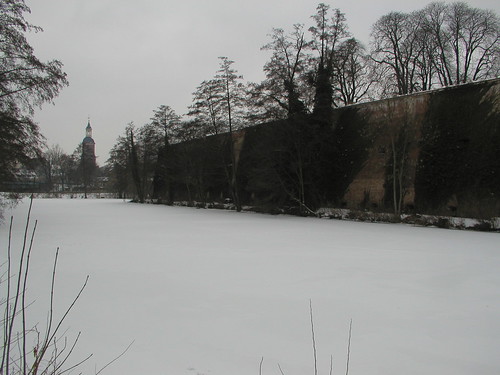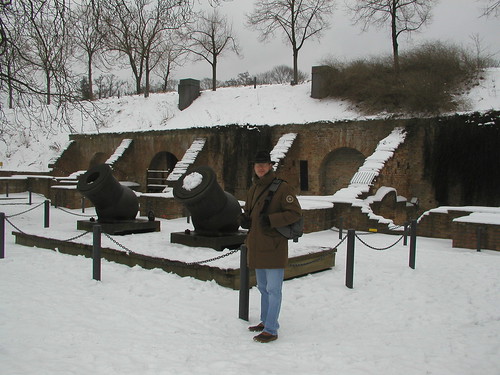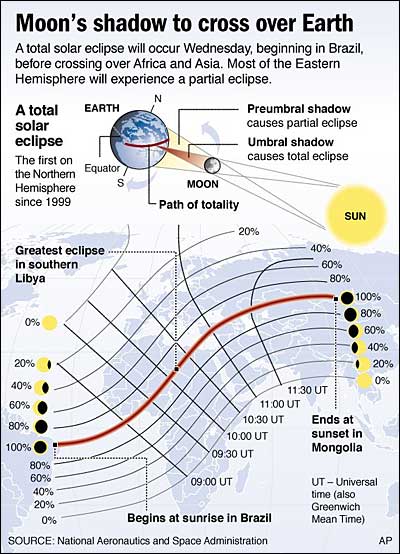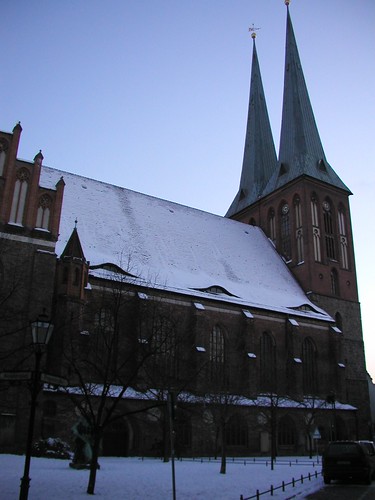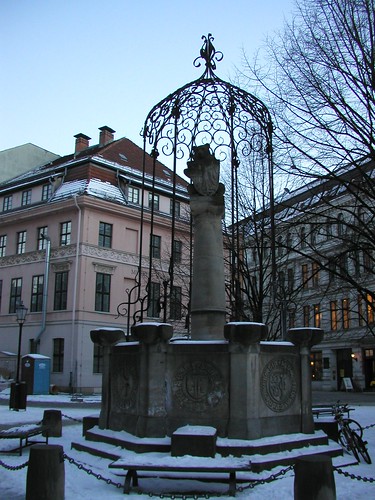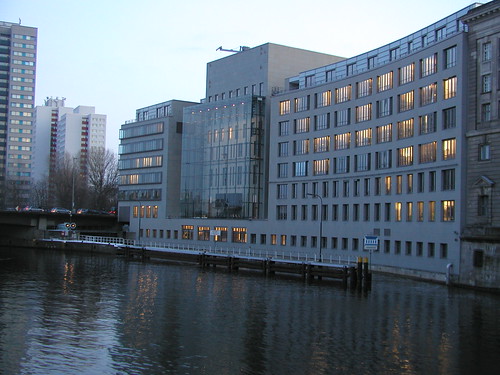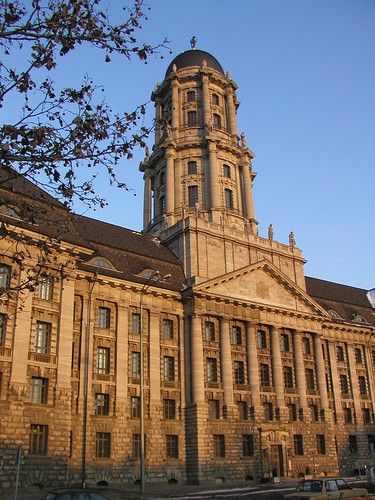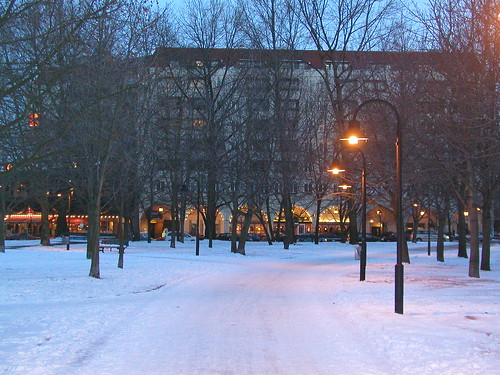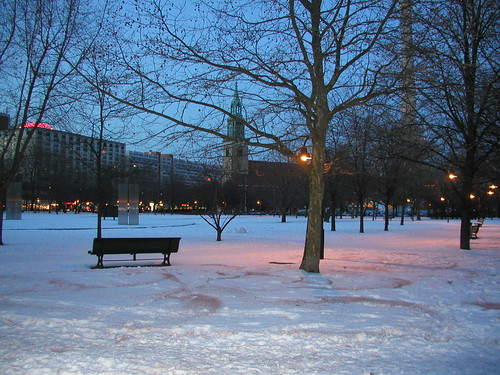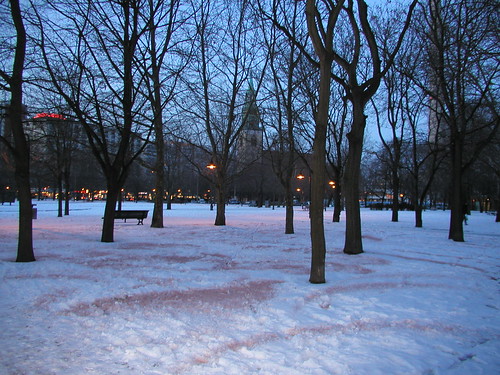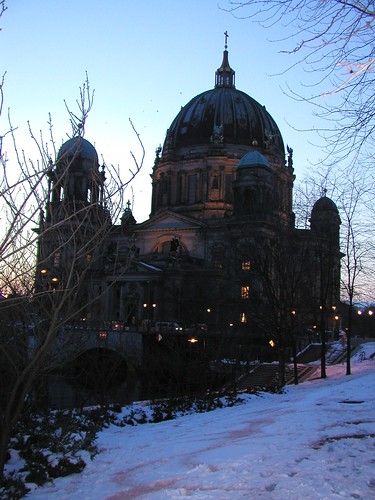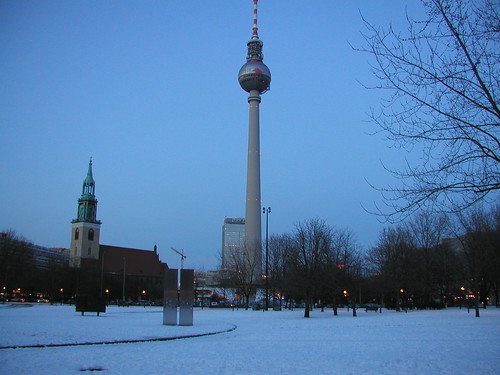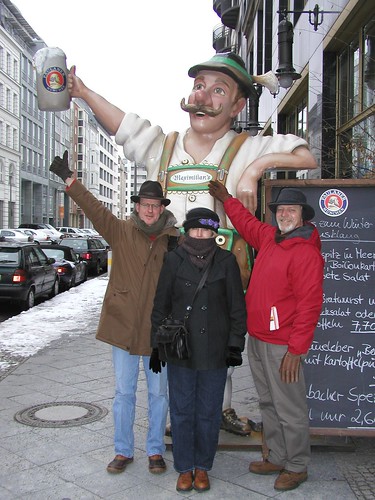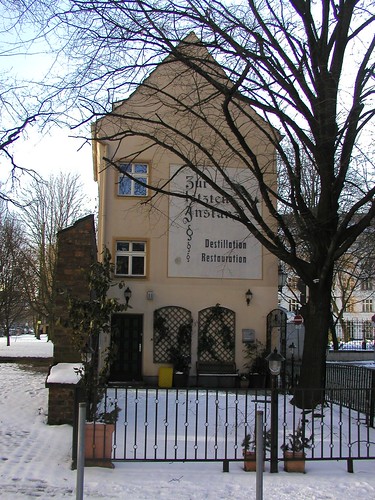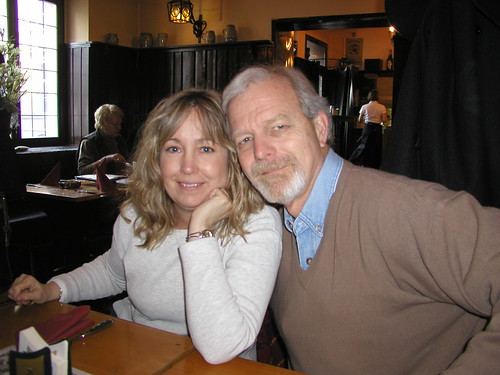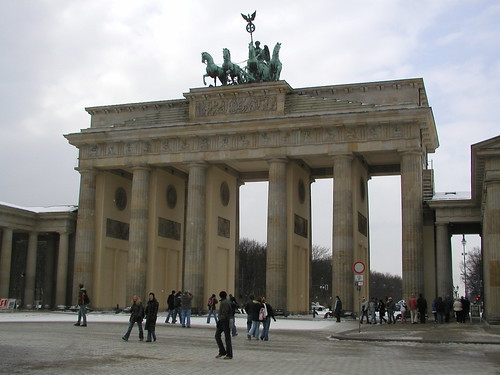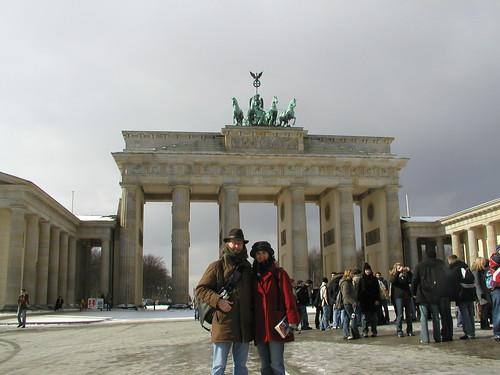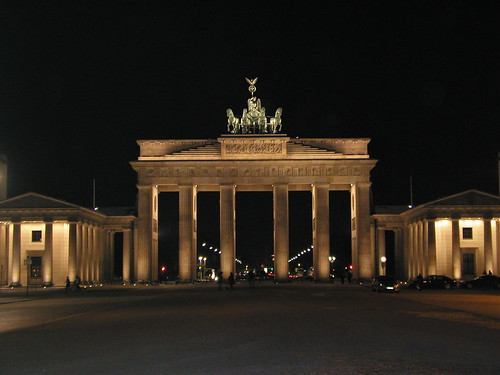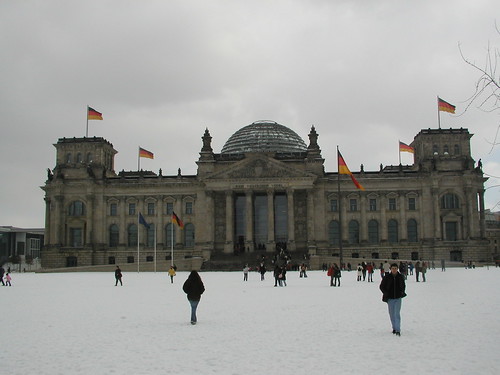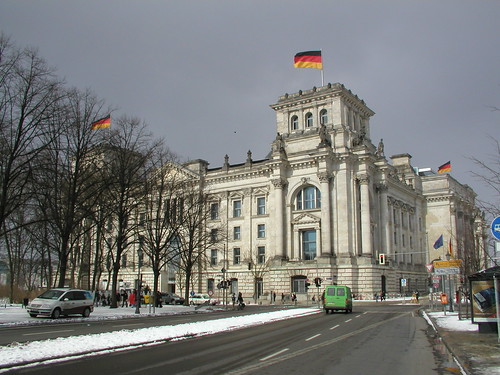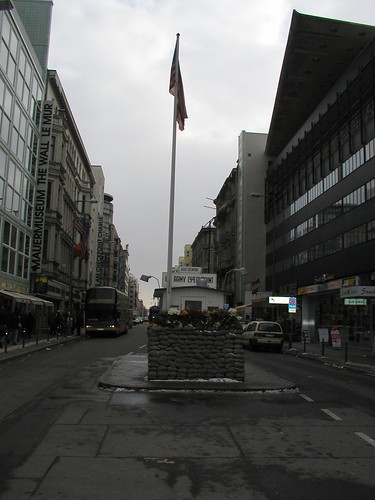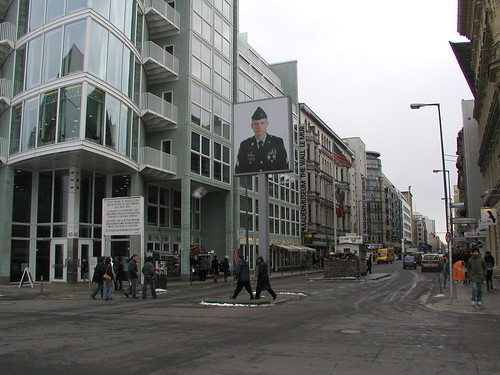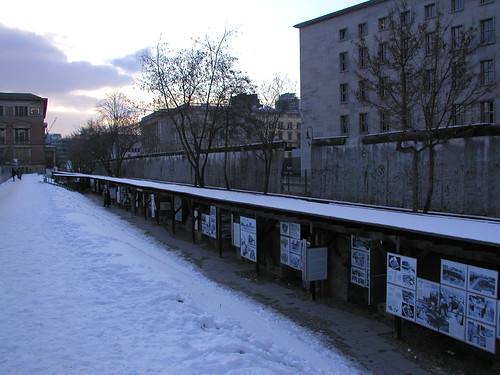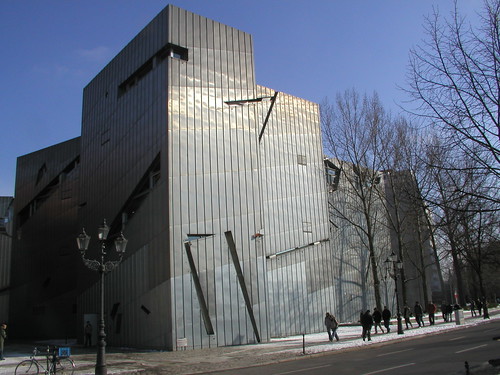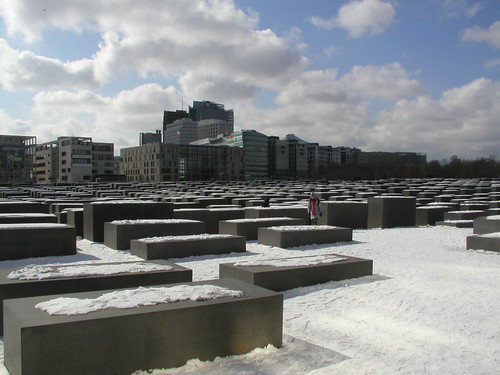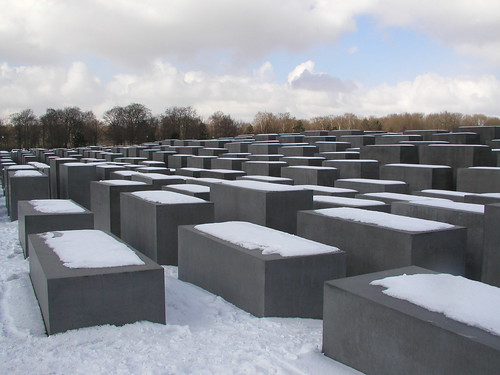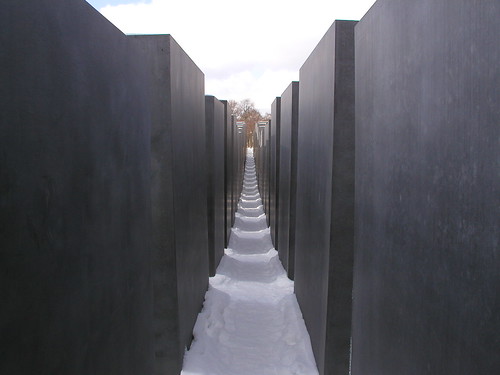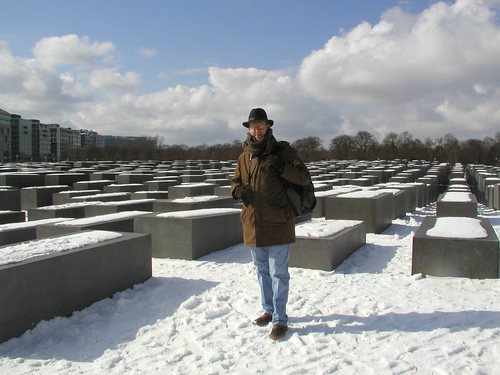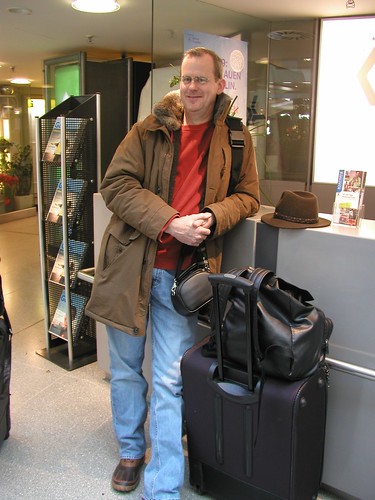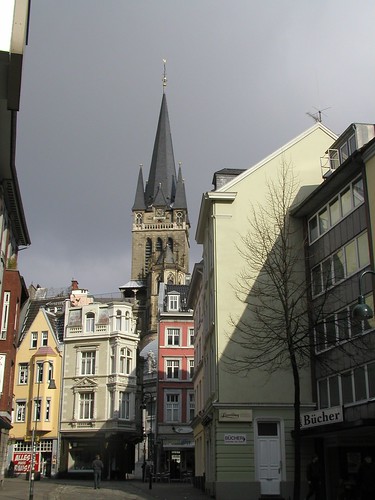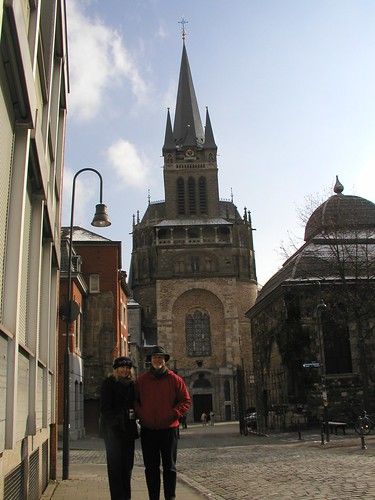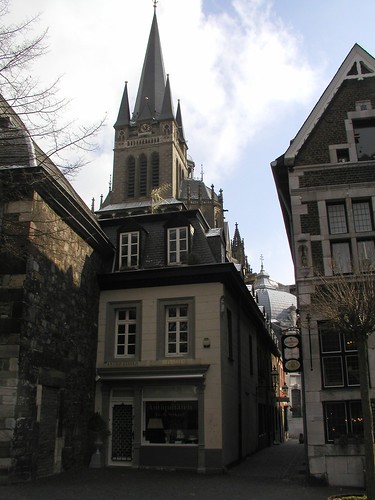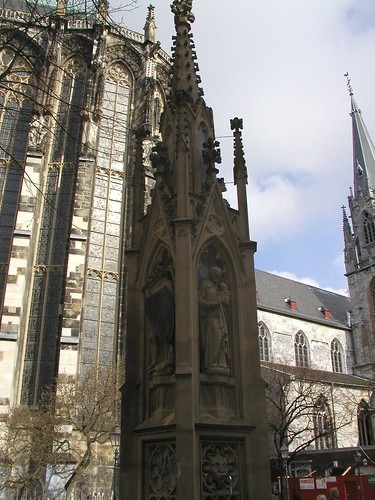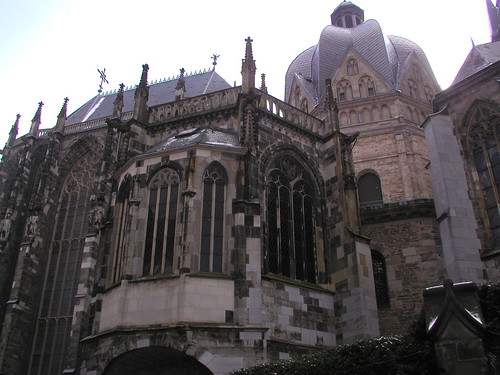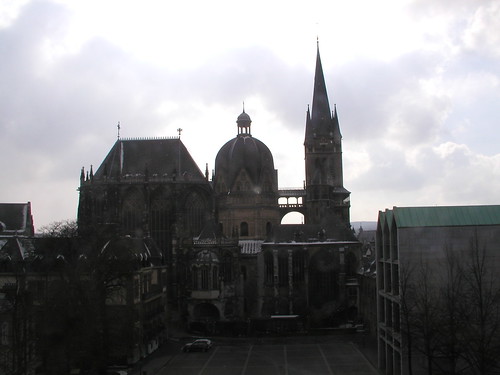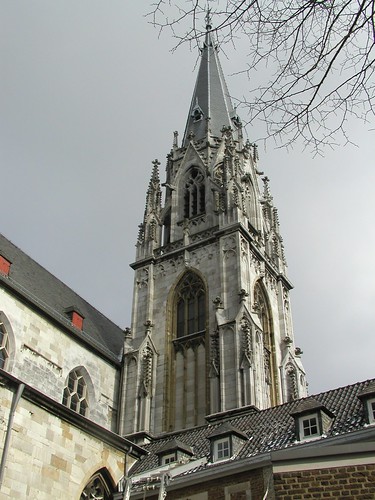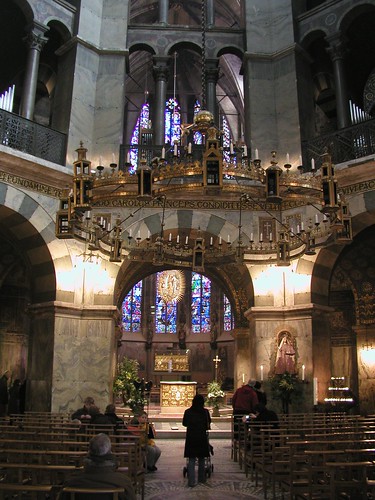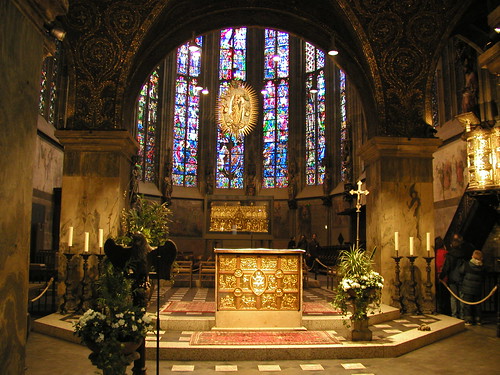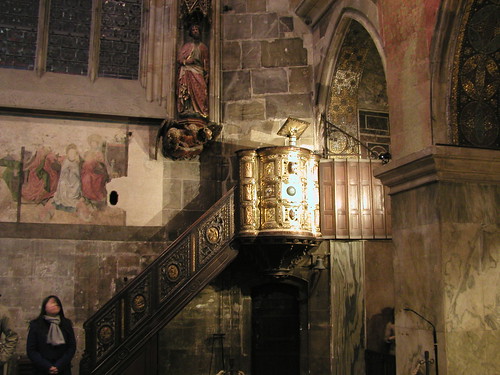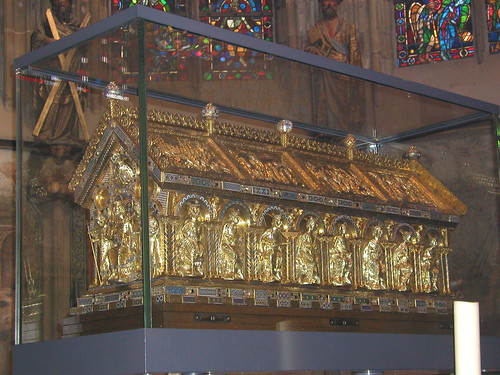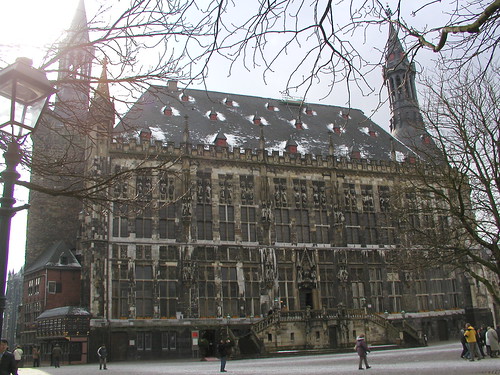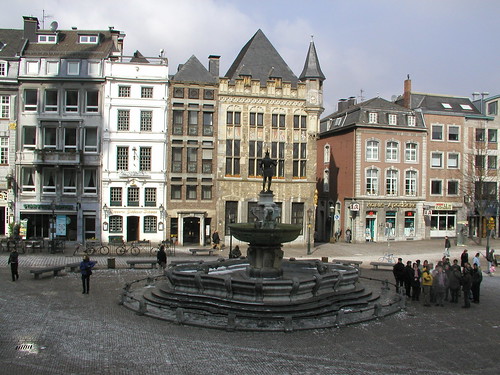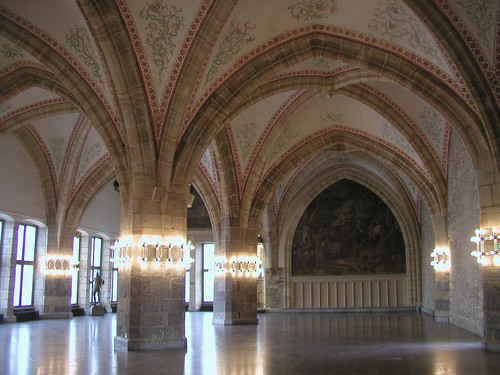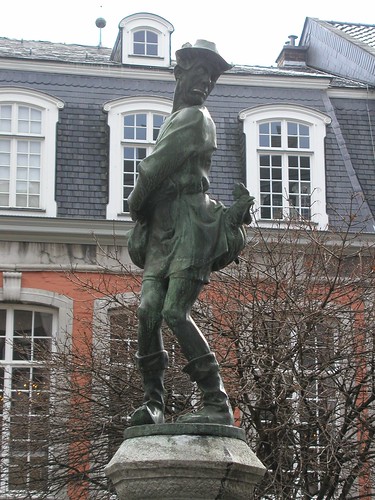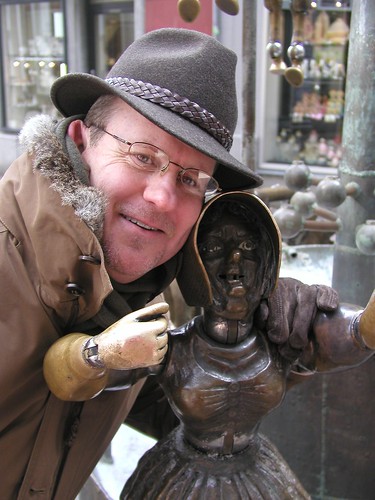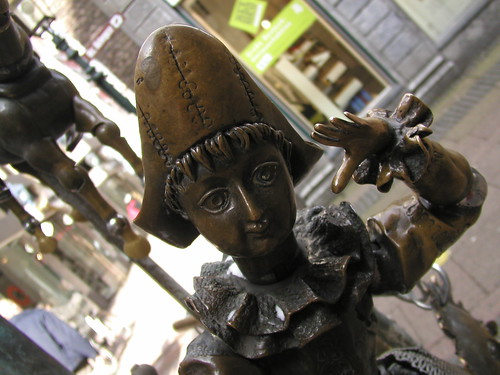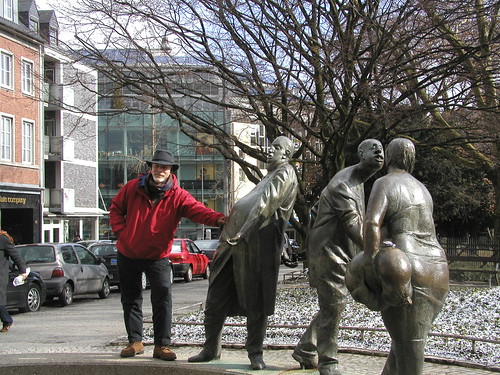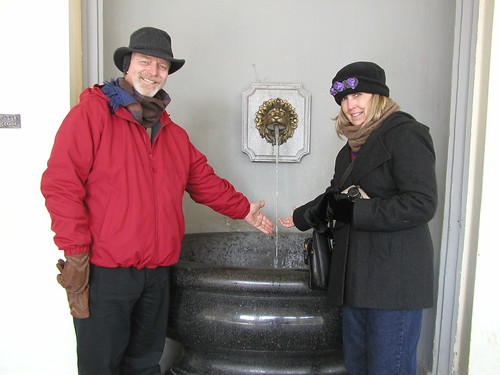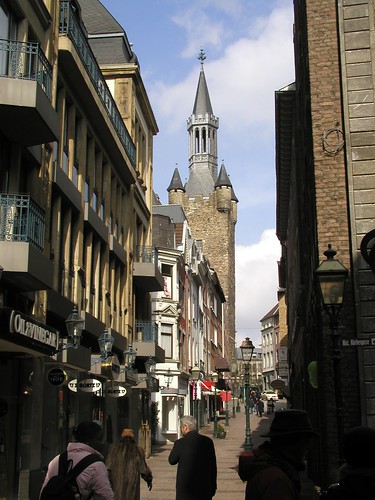Today’s target run: 60 minutes
Today’s completed run: 60 minutes
After a very few short days in Berlin, the Texans “Tour of Germany” proceeded to Munich. Ah…the home of all things “German”. In my mind’s eye, this is what I always pictured Germany to look like....
Our first stop was at the Marienplatz, which was Munich’s corn and salt market. But before we begin the tour down the photographic memory lane, a little bit of history about Munich.
Why was I prompted to even share this with you? Because everywhere I looked during our time in this city, I saw lions. I had to ask, “what gives”?
A handful of monks are credited with establishing Munich by building their abbey here, giving Munich its name (from the word “monks”) and its heraldic arms. In 1158, Welf Henry the Lion bestowed town status on Munich and 20 years later, the ruling Wittelsbachs (ancestors of Mad King Ludwig) established a residence here (a.k.a. The Residenz...ah, now I see why this huge palace was built here). Munich also has a history as an important base for the Reformation (heavy Catholic base even today), and later on for the Counter-Reformation. All these factors explain why this city is so rich in architectural gems. But I’ll get to that a bit later.
Back to this “lion” thing. My first sighting of the lion came when I viewed the ornate facade of the Neus Rathaus (New Town Hall, c. 1876-1909). This façade features figures from Bavarian history (the monk and lion).
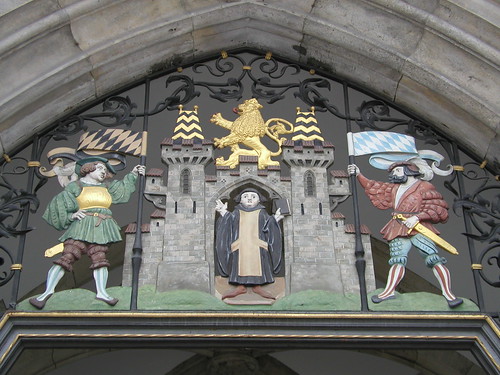
Later, as we saw the Residenz (sadly, no tour of its interior and fabulous museums during this trip), the palace was covered in decorative lions.
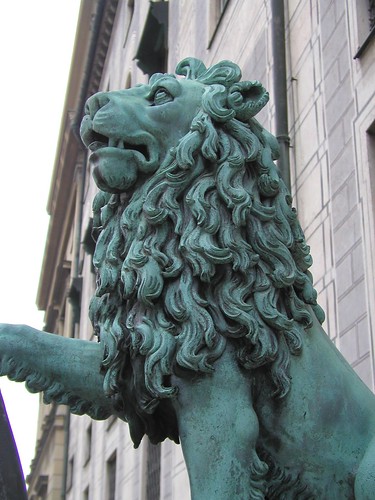
We later learned that Munich locals rub the paw of the lion as a symbol of good luck: Buddy and Joe outside of Munich's Residenz, getting a dose of good luck for themselves.
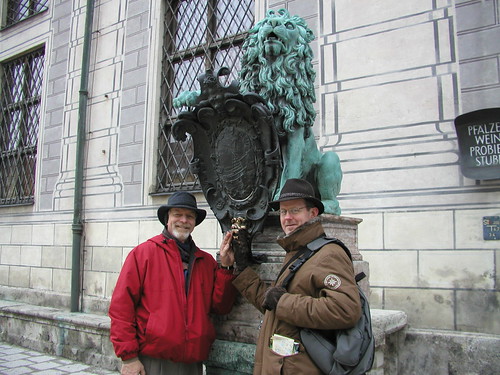
Tomorrow, Munich’s old town.
